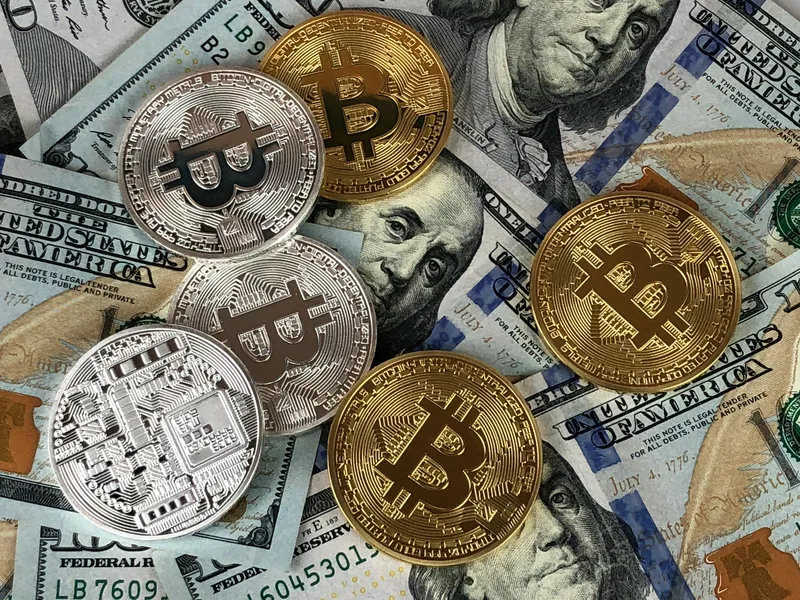How Does Atomic Wallet Work? — Atomic Wallet, Multicurrency, Decentralization

Title: The Good, the Bad, and the Ugly: A Real Talk on How Atomic Wallet Works (and Why You Should Care)
Introduction:
Hey there, fellow crypto enthusiasts! As someone who’s seen more than their fair share of hacks, scams, and bugs in this wild world of blockchain, let me tell you: I’m not here to sugarcoat anything. Today, we’re diving into Atomic Wallet – a multicurrency platform that claims to be all about decentralization and user-friendly features.
So buckle up as we unpack how Atomic Wallet really works under the hood (spoiler alert: it ain’t always rosy). By understanding its strengths and weaknesses, you’ll be better prepared to navigate this ever-evolving space and protect your precious digital assets.
The Good: Multi-Currency Support Made Easy
Let’s start with the positive aspects of Atomic Wallet: it offers support for over 300 cryptocurrencies, including popular ones like Bitcoin, Ethereum, and Litecoin, as well as lesser-known altcoins. This variety is a huge advantage for users looking to diversify their portfolio without juggling multiple wallets.
Furthermore, Atomic Wallet allows users to buy crypto directly through the app using credit/debit cards or bank transfers – talk about convenience! Plus, its built-in atomic swaps feature enables seamless cross-chain exchanges between different tokens without having to go through centralized exchanges (CEXs).
The Bad: Centralized Backend & Key Leaks
Now comes the not-so-rosy part. Despite claiming to be a decentralized platform, Atomic Wallet’s backend is actually centralized – meaning user funds are stored on servers controlled by the company. While they claim this setup offers better security than true decentralized wallets, history has shown us that centralization can lead to significant risks.
For instance, remember when over 500 Atomic Wallet users lost their XRP due to a key leak in December 2019? That’s right; human error on the company’s end led to a massive loss of assets. And while Atomic Wallet compensated affected users with free BTC, it serves as a stark reminder of how centralization can expose users to unexpected risks.
The Ugly: Scams & Phishing Attempts Galore
Lastly, let’s talk about the scourge of crypto – scams and phishing attempts. Unfortunately, Atomic Wallet hasn’t escaped unscathed from this reality either. In October 2020, users reported receiving fake support messages claiming to be from Atomic Wallet, requesting personal information or access to their wallets.
And then there were the NFT scams that plagued the platform after its integration with Solana’s Serum DEX last year. Users were duped into sending funds for non-existent NFTs, losing thousands in the process.
Conclusion: A Word to the Wise
Atomic Wallet isn’t all bad; it offers convenience and accessibility that many users appreciate. However, it’s essential to recognize its centralized nature and be aware of potential risks associated with such a setup. After all, trusting your digital assets to any platform comes with inherent dangers, and it’s up to each of us to educate ourselves on the tools we use.
My advice? Don’t blindly rely on any wallet or service – always stay vigilant, keep your software updated, and regularly back up your seeds. And remember: if something looks too good to be true, it probably is.
So there you have it folks – an unfiltered take on how Atomic Wallet works and what you need to consider before jumping in headfirst. As always, stay sharp out there, and happy hacking!
Note: This article is not intended as investment advice but rather an exploration of the pros and cons associated with a specific crypto wallet platform. Always do your own research (DYOR) when considering any financial decisions.









